Fundamentals of music theory by Michael Edwards, John Kitchen, Nikki Moran, Zack Moir and Richard Worth
₦0.00
Welcome to this resource! We are so pleased to share these open licensed educational
materials, in which we deal with the building blocks of musical stave (sometimes known as
staff) notation, a globally recognised language that is designed to communicate musical ideas.
The particular ideas and concepts that we cover here include scale, and key, and
harmonisation, and metre. The content has been devised to introduce the basic symbols and
concepts the five-line stave, and to explain the ways that this notational system can be used to
represent and also to analyse musical sounds. The materials cover topics such as pitches and
scales, intervals, metre, proceeding to more sophisticated topics of key, time signature,
harmonisation, cadence and modulation.
While the materials in this book begin from foundational principles of Western tonal music
notation, what we teach here is really not all elementary. For decades and decades, these
topics have been explained many times over in different media: In music lessons and lectures
and conversations, in concert halls and classrooms and homes; in educational television
programmes; in informal homemade teaching materials by instrumental teachers; in
textbooks and workbooks that can be found in bookshops and libraries around the world, and
– for the past 20 years – in a proliferation of digital content and technologies. Our
contribution in this particular resource includes video lectures and their transcripts,
supporting text explanations and illustrations. We expect that you have your own reasons for
seeking out this resource, and that every individual’s own prior musical experiences and
background will create a unique context in which to make sense out of these materials. On
this assumption, we have begun from basic first principles, but we have sought to explain the
concepts behind each topic in a critical and thoughtful way.
There are lots of reasons you might be interested in these resources. The open licensing
means that both students and educators can make use of the audiovisual, text, and image
sources that we share here. In terms of the content itself, the topics that we cover include
practical skills and knowledge. Depending on your existing practice or interests, these skills
could add an extra dimension or understanding to your musical life. Gaining fluency in both
reading and using music notation might give you access to new repertoires or deepen your

Welcome to this resource! We are so pleased to share these open licensed educational
materials, in which we deal with the building blocks of musical stave (sometimes known as
staff) notation, a globally recognised language that is designed to communicate musical ideas.
The particular ideas and concepts that we cover here include scale, and key, and
harmonisation, and metre. The content has been devised to introduce the basic symbols and
concepts the five-line stave, and to explain the ways that this notational system can be used to
represent and also to analyse musical sounds. The materials cover topics such as pitches and
scales, intervals, metre, proceeding to more sophisticated topics of key, time signature,
harmonisation, cadence and modulation.
While the materials in this book begin from foundational principles of Western tonal music
notation, what we teach here is really not all elementary. For decades and decades, these
topics have been explained many times over in different media: In music lessons and lectures
and conversations, in concert halls and classrooms and homes; in educational television
programmes; in informal homemade teaching materials by instrumental teachers; in
textbooks and workbooks that can be found in bookshops and libraries around the world, and
– for the past 20 years – in a proliferation of digital content and technologies. Our
contribution in this particular resource includes video lectures and their transcripts,
supporting text explanations and illustrations. We expect that you have your own reasons for
seeking out this resource, and that every individual’s own prior musical experiences and
background will create a unique context in which to make sense out of these materials. On
this assumption, we have begun from basic first principles, but we have sought to explain the
concepts behind each topic in a critical and thoughtful way.
There are lots of reasons you might be interested in these resources. The open licensing
means that both students and educators can make use of the audiovisual, text, and image
sources that we share here. In terms of the content itself, the topics that we cover include
practical skills and knowledge. Depending on your existing practice or interests, these skills
could add an extra dimension or understanding to your musical life. Gaining fluency in both
reading and using music notation might give you access to new repertoires or deepen your
Vendor Information
- Store Name: J. Sam Industry
- Vendor: J. Sam Industry
-
Address:
Nigeria
Kwara -
5.00 rating from 1 reviewRated 5.00 out of 5 based on 1 customer rating



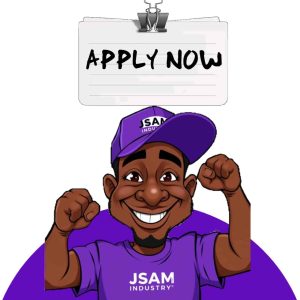



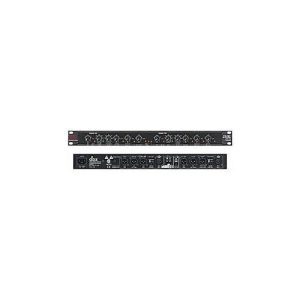

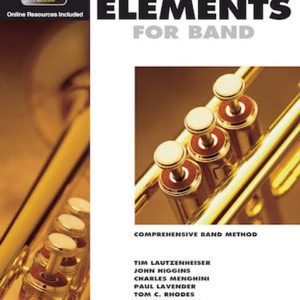

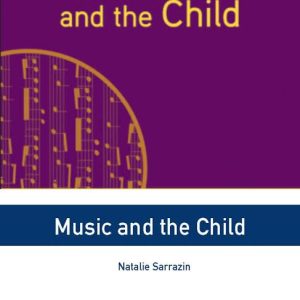
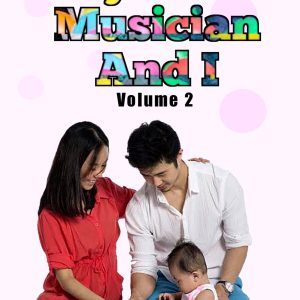

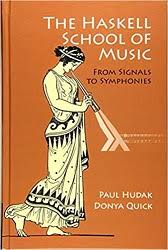
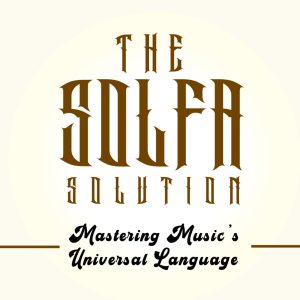
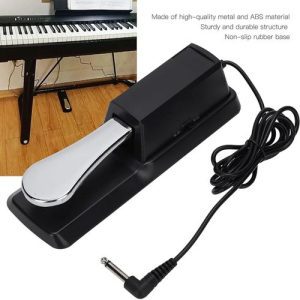
Reviews
Clear filtersThere are no reviews yet.